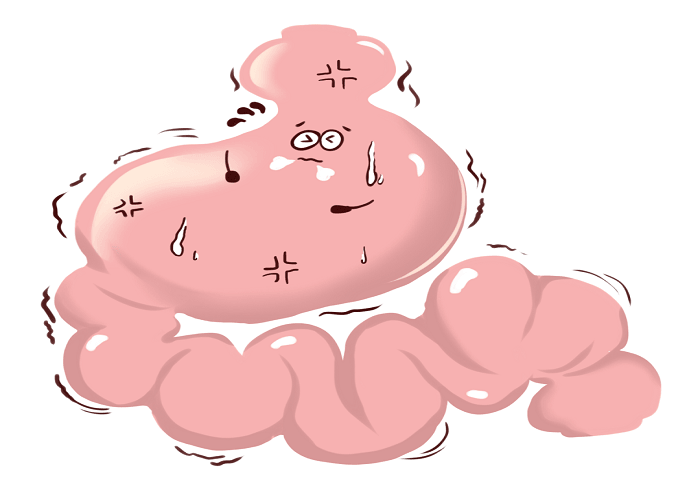Diarrhea can be an uncomfortable and sometimes dangerous condition. Many times, it’s caused by bacterial infections. Let’s explore which bacteria are often to blame.
One of the most common bacterial culprits is Escherichia coli, or E. coli. While there are many harmless strains of E. coli that live in our intestines, some strains can cause serious trouble. For example, enterotoxigenic E. coli (ETEC) produces toxins that disrupt the normal functioning of the intestines. This can lead to watery diarrhea, abdominal cramps, and sometimes nausea and vomiting. These bacteria are often spread through contaminated food or water, especially in areas with poor sanitation.
Salmonella is another well – known offender. People usually get infected by consuming food that has been contaminated with the feces of infected animals. This can include undercooked poultry, eggs, or unpasteurized dairy products. Once inside the body, Salmonella bacteria attach to the lining of the intestines and cause inflammation. This results in symptoms such as diarrhea, which can range from mild to severe, along with fever, abdominal pain, and vomiting.
Campylobacter jejuni is a common cause of bacterial diarrhea, especially in developed countries. It’s often found in raw or undercooked poultry, as well as in untreated water. When this bacterium infects the intestines, it can cause bloody diarrhea, abdominal pain, and fever. The bacteria’s ability to damage the intestinal lining leads to these unpleasant symptoms.
Shigella bacteria are highly contagious and can spread easily from person to person, especially in crowded or unsanitary conditions. This can happen through contact with fecal matter, such as when hands aren’t washed properly after using the toilet. Shigella causes a type of diarrhea that may be accompanied by mucus and blood in the stool. It also leads to severe abdominal cramps and a high fever. The bacteria invade the lining of the colon, causing inflammation and disrupting normal bowel movements.
Vibrio cholerae is the bacteria responsible for cholera, a severe and potentially life – threatening form of diarrhea. It thrives in water contaminated with human feces, often in areas with poor water treatment and sanitation. Cholera can cause massive amounts of watery diarrhea, which can quickly lead to dehydration if not treated promptly. The bacteria produce a toxin that affects the cells lining the intestines, causing them to secrete large amounts of fluid.
There are other less common but still significant bacterial infections that can cause diarrhea. For example, Clostridium difficile can cause severe diarrhea, especially in people who have recently taken antibiotics. The antibiotics can disrupt the normal balance of bacteria in the gut, allowing C. difficile to multiply and produce toxins that damage the intestinal lining. Yersinia enterocolitica, found in contaminated food like pork products, can also lead to diarrhea, abdominal pain, and sometimes fever.
In conclusion, being aware of these bacterial infections that cause diarrhea is crucial. Understanding how they spread and the symptoms they cause can help you take preventive measures and seek treatment quickly if needed. Good hygiene practices, proper food handling, and access to clean water are essential in reducing the risk of these infections. If you or someone you know experiences persistent or severe diarrhea, it’s important to consult a healthcare provider for proper diagnosis and treatment.
Read more
- How Do Viral Or Bacterial Infections Cause Diarrhea?
- When to Call a Pediatrician for Diarrhea in Children?
- Preventing Hair Loss In Menopause: A Path To Luscious Locks


